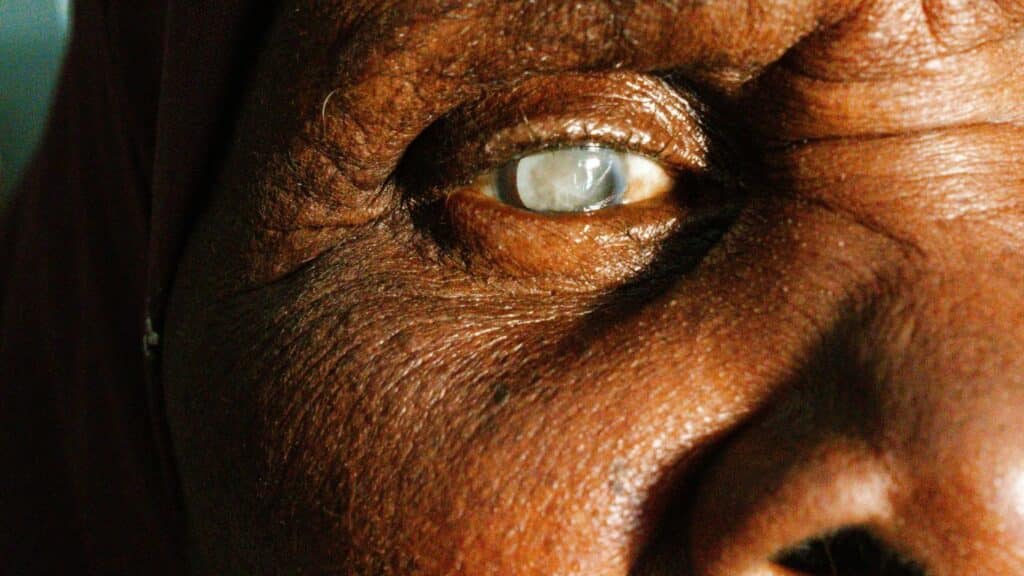Ever wondered how it became possible to correct vision without glasses or contact lenses? That's where LASIK laser eye surgery comes in! LASIK, which stands for Laser-Assisted in Situ Keratomileusis, is a popular procedure designed to improve vision by reshaping the cornea using a laser. It has revolutionized eye care, offering a quick and effective solution to common vision problems like nearsightedness, farsightedness, and astigmatism.
Eye surgery has come a long way, from primitive techniques to the advanced technology we have today, and at the heart of this transformation is the genius who invented LASIK laser eye surgery. In this post, we'll journey through the evolution of eye surgery and celebrate the brilliance of the mind who invented LASIK eye surgery.
The journey to LASIK surgery was paved by many visionaries in the field of ophthalmology. One of the key figures was Dr. Jose Barraquer, a Colombian ophthalmologist, who is often credited as the "father of modern refractive surgery." In the 1940s and 1950s, Barraquer developed the concept of using a microkeratome to reshape the cornea, an idea that would eventually lead to the development of LASIK. His pioneering research laid the foundation for future advancements.
Before LASIK, numerous innovations set the stage for modern eye surgery. One significant milestone was radial keratotomy (RK), developed by Russian ophthalmologist Svyatoslav Fyodorov in the 1970s. This procedure involved making radial cuts in the cornea to correct nearsightedness. Although effective to some extent, RK had limitations, including a longer recovery time and a higher risk of complications compared to LASIK. Scientific studies and clinical trials at the time helped highlight the need for a more precise and less invasive procedure, pushing researchers to explore laser technology.
The journey took a significant turn in the 1980s when laser technology began to enter the scene. Dr. Rangaswamy Srinivasan, an Indian-American scientist, discovered that an ultraviolet excimer laser could precisely remove tissue without causing heat damage to surrounding areas. This led to the development of photorefractive keratectomy (PRK) in the 1980s by Dr. Stephen Trokel, who applied Srinivasan's findings to the cornea. PRK was the first corrective eye surgery technique used to correct vision by reshaping the cornea, and it served as a precursor to LASIK. While PRK was effective, LASIK further improved upon it by reducing recovery times and discomfort, thanks to its novel use of a flap in the corneal tissue. This breakthrough has made LASIK one of the most popular elective surgeries worldwide, performed on over 700,000 eyes each year in the United States alone.
Fast forward to the 1990s, and we meet Dr. Ioannis Pallikaris from Greece, hailed as the "father of LASIK." Building on the scientific foundation laid by his predecessors, Dr. Pallikaris innovated by combining the microkeratome with excimer laser technology to develop the LASIK procedure as we know it today. This combination allowed for a more precise and less invasive method of reshaping the cornea, significantly reducing recovery times and improving patient outcomes. Dr. Pallikaris's pioneering work culminated in the first successful LASIK operation in 1991, a landmark event in medical history. Thanks to his ingenuity, LASIK has become a globally adopted procedure, providing millions with clearer vision without the need for glasses or contact lenses.
LASIK has come a long way since its inception, continually benefiting from advancements in technology to improve safety and effectiveness.
Initially, LASIK procedures relied on a microkeratome, a special blade used to create a flap in the cornea. This technique was groundbreaking at the time, but it wasn't without its drawbacks. Using a mechanical blade posed a risk of complications, albeit a small one, related to the precision of the flap creation. The advent of femtosecond laser technology revolutionized this step. The femtosecond laser allows for ultra-precise flap creation by using laser pulses rather than a blade. According to a study, the femtosecond laser reduces the risk of complications. This leap forward has made LASIK safer and more effective, making it an even more popular choice for vision correction.
Right after making the corneal flap, the excimer laser takes center stage to reshape the cornea by removing microscopic layers of tissue. Early excimer lasers were effective but limited in their capabilities. As technology advanced, so did the precision and customization of these lasers. Modern excimer lasers can deliver faster treatments and are more adept at addressing a range of vision problems such as myopia, hyperopia, and astigmatism.
LASIK has made incredible strides over the years, but its true potential lies in its ability to be tailored to each individual's unique vision needs.
Not all eyes are the same, and neither should be the LASIK treatments they receive. Customized LASIK, also known as wavefront-guided LASIK, utilizes detailed maps of the eye to provide highly personalized correction. According to the American Academy of Ophthalmology, wavefront-guided LASIK significantly reduces night vision problems and enhances overall vision quality compared to standard LASIK eye surgery. These personalized treatments consider the unique imperfections of each patient's eyes, offering a higher precision that results in better outcomes and increased patient satisfaction.
While LASIK is widely known for its effectiveness in treating nearsightedness (myopia), its versatility extends to other vision disorders as well. Lasik can also help with treating farsightedness and nearsightedness, not to mention astigmatism. With advancements in laser technology, LASIK has become a viable option for people who may have previously been ineligible due to severe or complex vision problems. This inclusivity has helped countless individuals achieve better vision and improved quality of life.
The history of LASIK technology has undeniably transformed the landscape of vision correction, combining scientific ingenuity with innovative advancements to offer millions a chance at clearer vision. From its humble beginnings with microkeratome blades to the precise femtosecond and excimer lasers of today, LASIK continues to be a safe, effective, and widely accessible solution for a variety of vision impairments.
If you're considering LASIK and want to learn more about how it can improve your vision, contact us at Texas Vision & Laser Center. Our experts are here to guide you through the process and answer any questions you may have about our state-of-the-art treatments.
Contact Us Today & Get Started On Your Journey to Clearer Vision!



